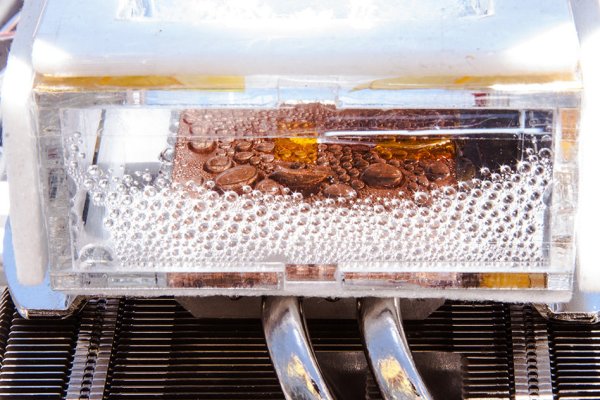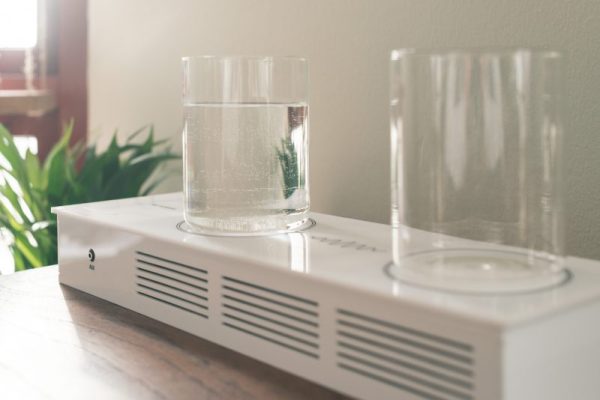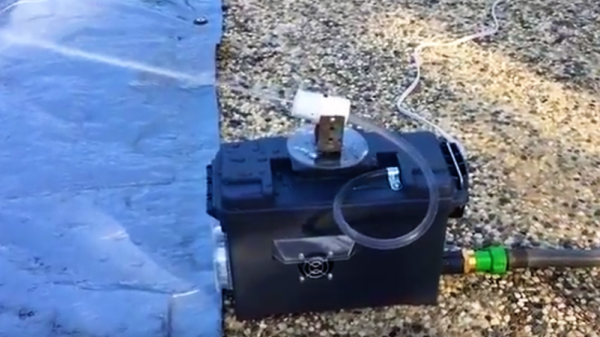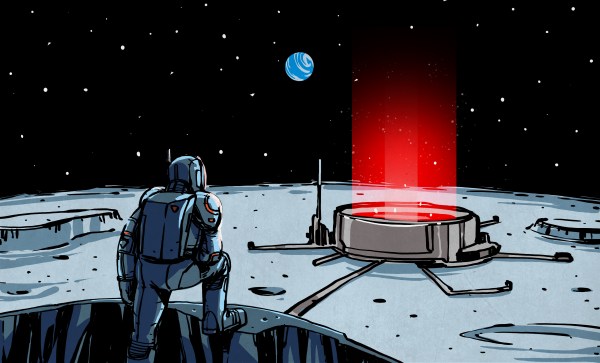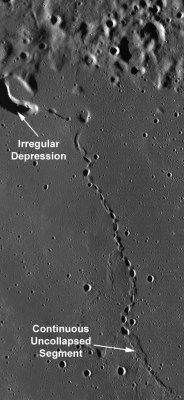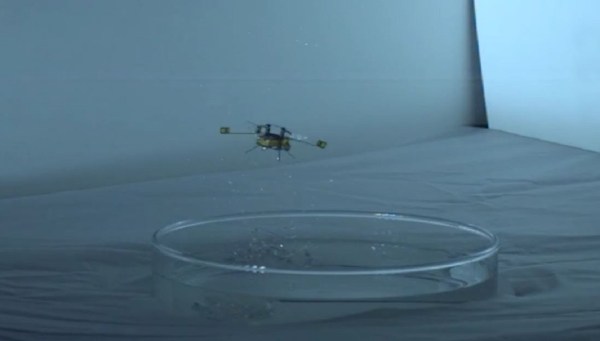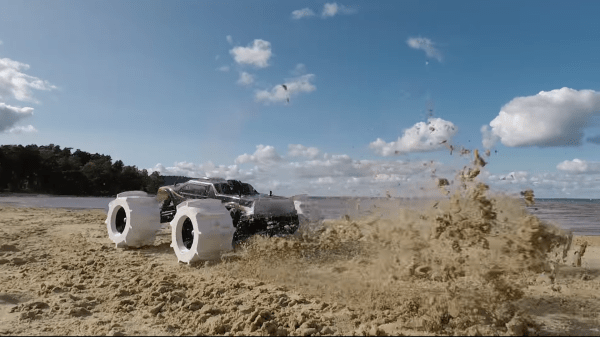Most of us take it for granted that water is as close as your kitchen tap. But that’s not true everywhere. Two scientists at MIT have a new method for harvesting water from fog, especially fog released from cooling towers such as those found from power plants. It turns out, harvesting water from fog isn’t a new idea. You typically insert a mesh into the air and collect water droplets from the fog. The problem is with a typical diameter of 10 microns, the water droplets mostly miss the mesh, meaning they typically extract no more than 2% of the water content in the air.
The team found two reasons for the low efficiency. Water clogs the mesh openings which can be somewhat mitigated by using coated meshes that shed water quickly. Even in the lab that only increases the yield to about 10%. The bigger problem, though, is basically only some of the droplets hit the mesh, and even those that do may not stick because of drag. Fine meshes can help but are harder to make and have low structural integrity. Their solution? Inject ions into the fog to charge the water droplets and impart the opposite charge on the mesh.


